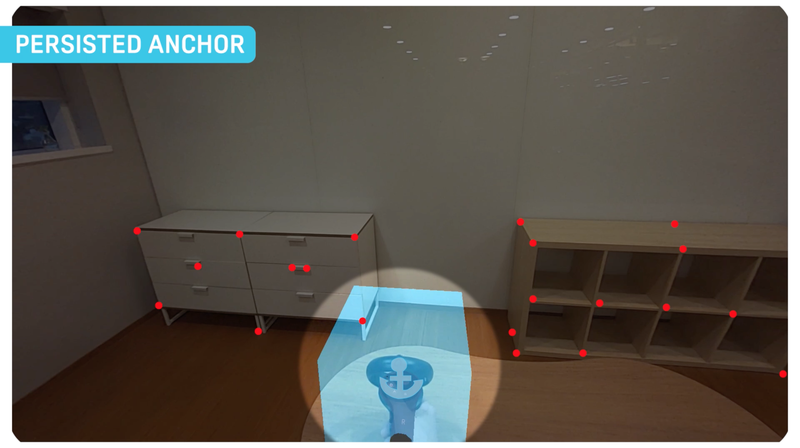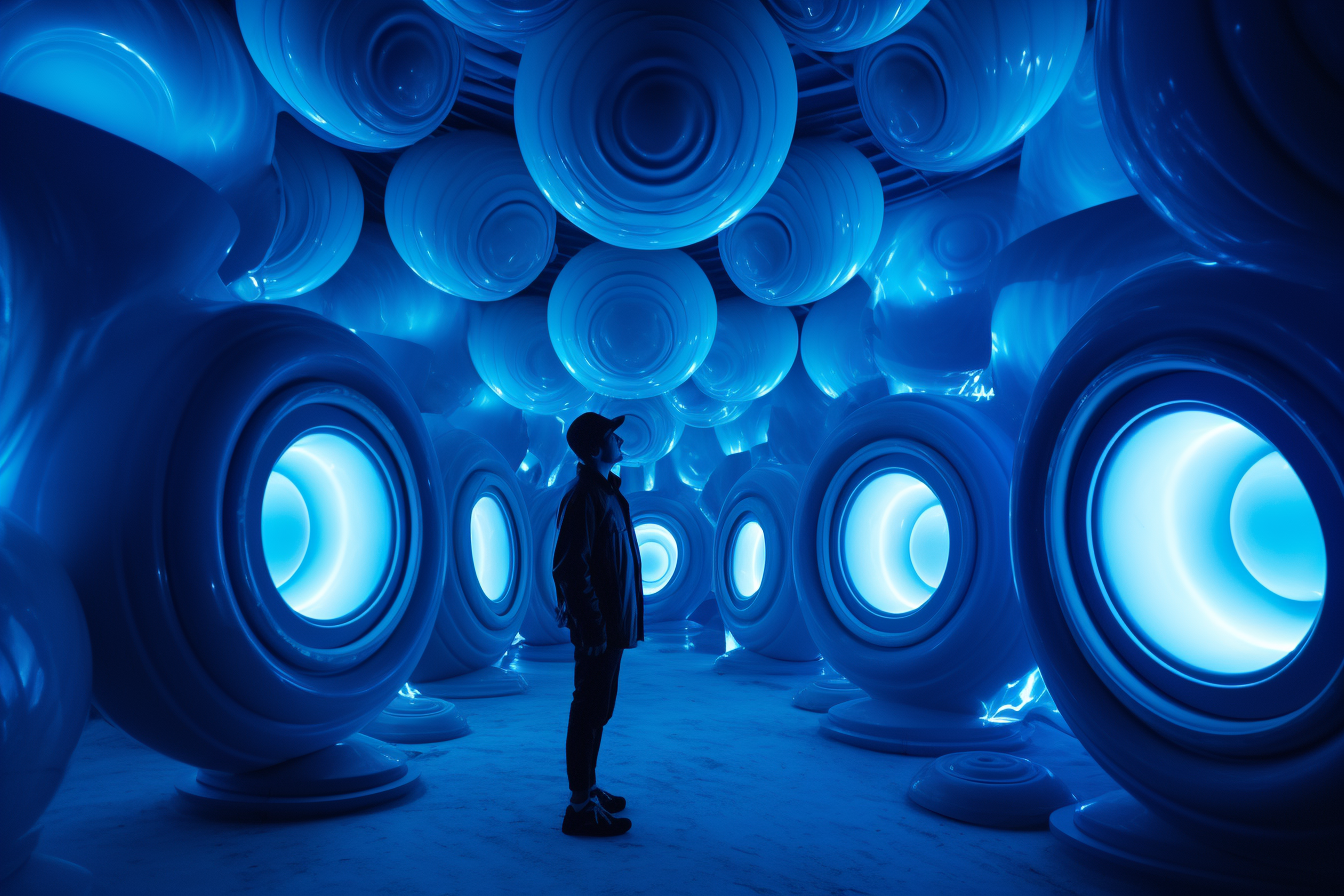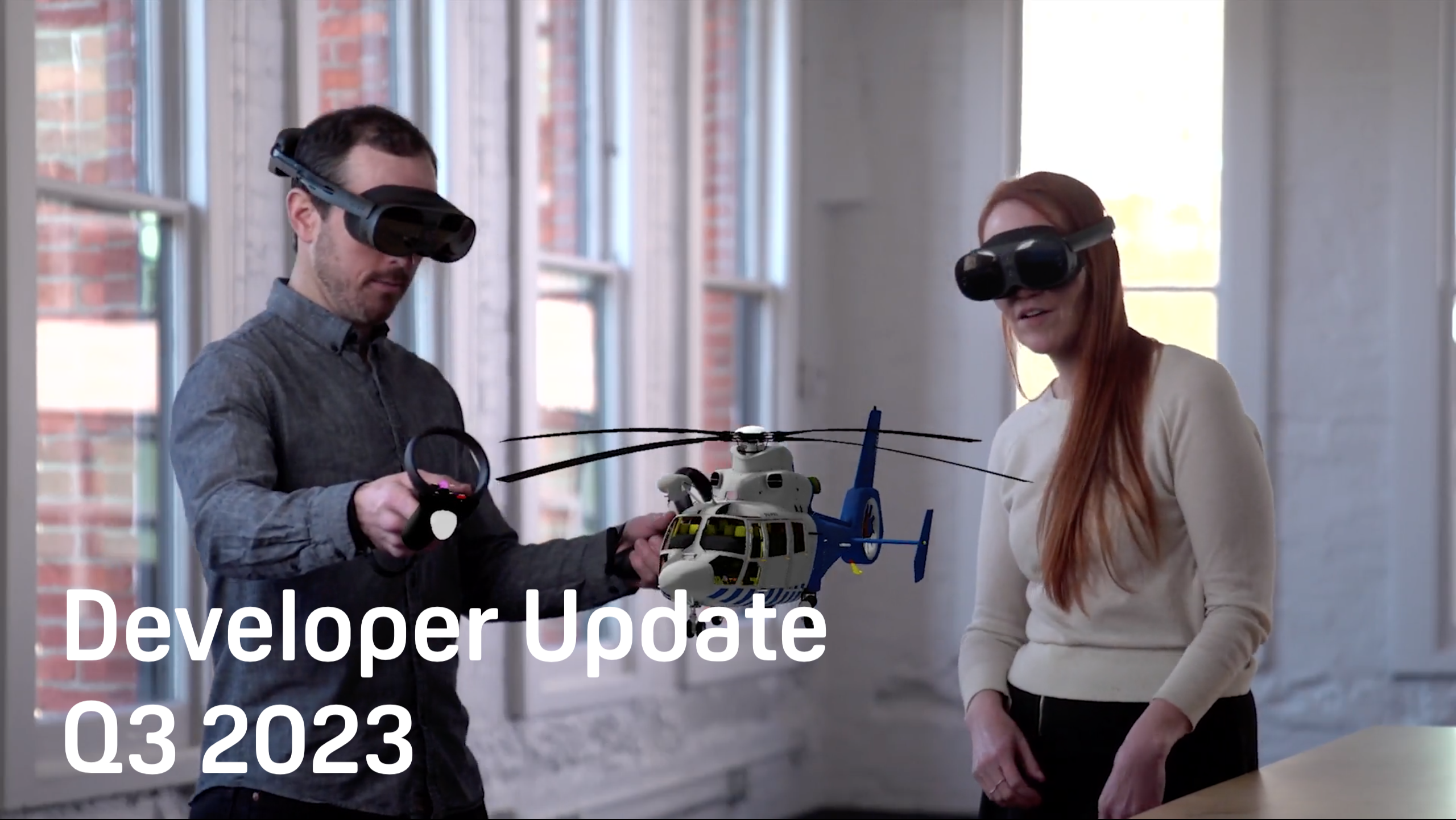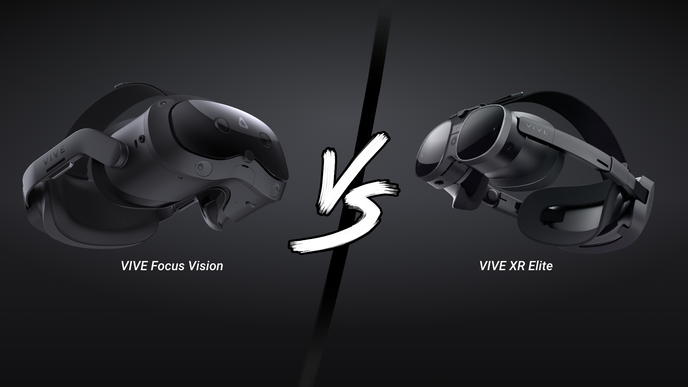Hi VIVE Developers!
We continue to make great strides with updates and features since the release of the VIVE XR Elite at the beginning of 2023, our lightest, fastest and most versatile headset to date. Over the last few months, we enabled features such as the Depth Sensor and Room Scanning, Tracking Marker Support, and Mixed Reality Streaming which have helped XR Elite developers to keep pushing their applications, games and professional workflows to new levels. You can read about these improvements from our post
earlier in the year.
Now, we have a few more updates to share as part of the XR Elite FOTA 6 update, Wave SDK 5.4, and OpenXR (Unity 2.0.0 and Unreal 2.1.0). We’re thrilled to offer you even more new features and improvements and we welcome your feedback regarding these features via our Community Forum.
These latest features include Spatial Anchors, Spatial Audio Updates as well as OpenXR Improvements.
Spatial Anchor
Continuing our commitment to improving our industry leading tracking and co-location tools, this first new feature comes in the form of Spatial Anchors in our WaveSDK. Spatial Anchors are a way to create grounded content in a Mixed Reality experience. Whether it’s in a single user or multi- user application, you want your digital content to be placed in the same location for each session or to be synced across headsets. To simplify; it’s a way to keep the virtual world and the physical world aligned and in their correct position.
A Spatial Anchor represents a specific location in a 3D space within the bounds of the tracking map, which the user creates during device start-up. The bounding area may have unique features like walls, sofas, and tables that give tracking data reference points to create a Spatial Anchor, and so the headset can recognize its location repeatedly. This means whenever the application or scene is viewed in the same physical world space the virtual objects will be aligned to their previous locations.
By default, the Spatial Anchor is destroyed when the application is quit. This is referred to as a “session”. If you require a persistent Anchor, then we offer two other types of Anchors; A Cached Anchor and a Persisted Anchor. Both can be re-used across application sessions.
Cached Anchors
-
Binds to the current tracking map within the current space.
-
Can be restored after the application is re-launched but only the anchors with the current tracking map can be tracked.
-
Is deleted if the tracking map is re-located.
Persisted Anchors
-
Can be recognized within the same space even if the tracking map is relocated.
-
Can be restored after the application is re-launched.
-
Can only be deleted by the application.

These different ways to handle and store Spatial Anchors allow for custom control from the developer.
And as always safety and data is a priority, so these anchors are based on a per application basis, no other applications have access.
We will have an Open Source demo project released in the coming weeks on the VIVE
GitHub
.
To learn more and get started with Spatial Anchors you can find information on our
WaveSDK Developer Documentation.
Spatial Audio
Introducing the VIVE 3DSP Audio SDK – your gateway to unparalleled spatial audio experiences in the virtual world. This SDK is designed to empower developers and create lifelike auditory environments for applications.
We also released a more
detailed blog
highlighting this update, with audio demos!
Unique Features of VIVE 3DSP Audio SDK
-
Higher Order Ambisonics (HOA):
Enjoy realistic spatial sound with minimal computing power.
-
Head-Related Transfer Function (HRTF):
Precisely modeled HRTF for pinpoint sound accuracy.
-
Room Audio:
Simulate reflections, reverberations, and ambient sounds for a true room experience.
-
Hi-Res Audio Settings:
Maintain audio quality even with high-resolution audio.
-
Sound Decay Model:
Real-world sound attenuation for added authenticity.
-
Geometric Occlusion:
Efficiently simulate sound obstruction without external physics engines.
-
Ambisonic Decoder:
Dynamically render stereo audio based on listener's rotation.
VIVE 3DSP Audio SDK is hardware-independent, user-friendly, and offers exceptional audio quality, making it a perfect fit for VIVE devices.

OpenXR 75Hz Support
We heard a lot of your feedback and requests and understand that running standalone VR & MR applications on current mobile hardware is still a huge challenge. With that we now support 75Hz mode in Unity (>2.0.0) and Unreal Engine (>2.1.0) using our WaveSDK and newly in OpenXR so that you can lock frame rate to prevent unstable performance issues.
OpenXR Godot Support
Working with the Godot community, the now support the Godot VR implementation via OpenXR (initially OpenGL, Vulkan support coming soon!). Thanks so much to those members involved.
As always we welcome your comments and feedback, head to the Developer Forums or Viverse Discord to chat to our team.
Link to the SDK


